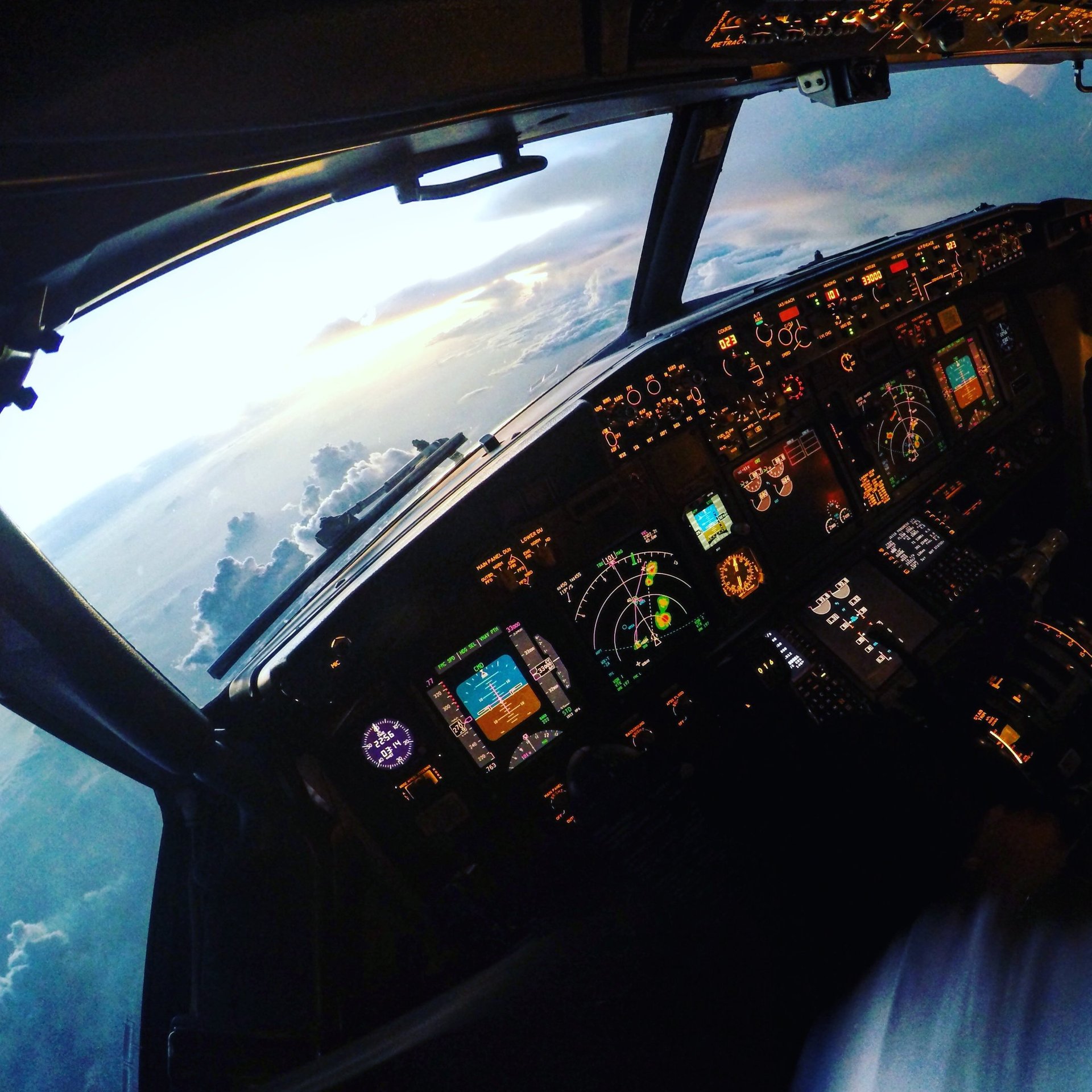
All Starts With You.



SHELL BREAKER training.
From Cockpit to Classroom.
Leveraging Behavior Analysis and Profiling for Superior Pilot Training.
In the demanding world of aviation, pilot training isn't just about mastering aircraft systems and flight maneuvers. It's equally, if not more, about developing the behavioral and cognitive patterns that ensure safe, efficient, and resilient operations under pressure. This is where the powerful tools of behavior analysis and profiling come into their own, transforming how we train the next generation of aviators.
Beyond the Checklist.
The Human Element in Aviation.
While technical proficiency is non-negotiable, a significant portion of aviation incidents can be traced back to human factors—issues like communication breakdowns, poor decision-making under stress, situational awareness lapses, and inadequate threat and error management. Simply teaching someone what to do isn't enough; we need to train them how to react, think, and interact in high-stakes environments.
What is Competency Based Training (CBTA)?
CBTA, in this context, involves systematically observing, measuring, and analyzing the actions and reactions of pilots during training scenarios. It goes beyond a simple pass/fail mark to understand the why and how behind performance.
Key aspects include:
Observable Behaviors: Identifying specific actions or inactions during simulated emergencies, routine operations, or crew resource management (CRM) exercises. For example, does the pilot consistently verbalize their intentions? Do they cross-check instruments effectively?
Performance Metrics: Quantifying behaviors, such as response times, communication frequency, adherence to procedures, and effective use of automation.
Environmental Context: Understanding how specific stressors (e.g., system failures, adverse weather, high workload) influence pilot responses.
By breaking down complex pilot performance into discrete, measurable competencies, instructors can provide highly targeted feedback and develop customized training interventions. - or so it should be. Reality paints a different picture.
Why Personalized Pilot Competency Development is a Rare Sight.
The reality of modern commercial pilot training often clashes with the ideal of individualized development. While trainers recognize that every pilot has unique learning needs, several powerful systemic and logistical barriers prevent airlines and instructors from dedicating significant time to truly personalized competency development.
Here are our main reasons why tailored support is often sacrificed for standardization:
The Time and Cost Crunch.
Simulator Scarcity.
Simulator time is incredibly expensive and highly regulated. Airlines operate on tight schedules to maximize sim utilization, leaving little to no buffer for extra, personalized sessions designed to fix subtle behavioral or cognitive gaps.
The "Throughput" Priority.
The primary business goal of the training department is to efficiently push a high volume of pilots through mandatory checks (recurrent training, type ratings) to meet demanding flight schedules. Time spent customizing a pilot's training plan is time taken away from qualifying the next crew.
Regulatory & Standardization Demands.
The Equal Standard.
Aviation safety relies on rigorous, verifiable standards. Regulators mandate that all pilots meet the same minimum proficiency level, often assessed via standardized checks. This pressure pushes training to focus on drilling procedures and core skills that are easily measurable and consistently replicable across the entire pilot pool.
Instructor Bandwidth.
Instructors are often highly experienced line pilots working a demanding dual role. Their energy is focused on ensuring the crew meets the pass criteria, not on deep-dive developmental coaching for every individual's nuanced non-technical skill profile.
A Focus on Minimum Competence, Not Maximum Potential.
Compliance Over Excellence.
The system is engineered to catch failures, not necessarily nurture excellence. Once a pilot demonstrates the required level of competence—the standard—the training cycle is considered complete, regardless of whether that pilot could benefit from an extra session focusing on, say, improving decision-making under stress.
Lack of Behavioral Data Integration.
While Competency-Based Training (CBTA) is gaining ground, many systems still struggle to integrate subjective, qualitative behavioral data (like communication style or leadership quality) into a personalized, recurring development plan in a scalable way.
In short, the industry prioritizes uniform safety and operational efficiency—a necessary mandate—over the resource-intensive process of fostering individualized high-performance.
The goal is a safe, standardized pilot, not always a maximally developed one.
Looking Ahead:
The Future of Pilot Development.
As aviation technology evolves, the human element remains paramount.
Integrating sophisticated behavior analysis and profiling techniques into pilot training is not just an enhancement; it's a necessity.
It ensures we're not just producing technically proficient pilots, but also behaviorally competent aviators who can consistently make sound judgments, communicate effectively, and maintain peak performance when it matters most.
"By understanding how you behave as a pilot, we empower you to become safer, more reliable, and exceptional in the skies."
The Power of Profiling.
Building a Behavioral Blueprint.
Behavioral profiling takes analysis a step further. It involves creating a comprehensive picture of your typical behavioral patterns, strengths, and areas for development. This isn't about rigid categorization, but about understanding individual tendencies to optimize training.
Elements of pilot profiling include:
Cognitive Styles:
How do a you typically process information? Are you a detail-oriented or big-picture thinker?
Decision-Making Tendencies:
Do you tend to be impulsive, overly cautious, or analytical in your choices?
Stress Response:
How do you react under pressure? Do you maintain composure, become task-saturated, or withdraw?
Teamwork and Leadership Qualities:
How effectively do you communicate, delegate, and support other crew members?
Situational Awareness:
How well do you integrate information from various sources to maintain a clear understanding of the operational environment?
Example:
A profile might reveal a pilot who is technically brilliant but tends to become hyper-focused during emergencies, potentially missing critical external cues. This insight allows us to show specific methods to expand your peripheral awareness under stress.
How Behavior Analysis and Profiling Enhance Your Success.
Personalized Training Paths.
Instead of a one-size-fits-all approach, training can be tailored to your individual needs, addressing specific behavioral gaps.
Targeted Feedback.
We provide precise, actionable feedback focusing on observable behaviors, making improvements more tangible and sustainable.
Early Identification of Risk Factors.
Behavioral patterns that could lead to errors or poor decision-making can be identified and corrected early.
Enhanced CRM Training.
Profiling helps your understanding how different personalities and behavioral styles interact within a cockpit, improving crew dynamics and communication.
Building Resilience.
By simulating realistic stressors and analyzing behavioral responses, you will learn to manage pressure effectively and develop coping strategies.
Objective Assessment.
Moves beyond subjective evaluation to provide data-driven insights into your performance and progression.


